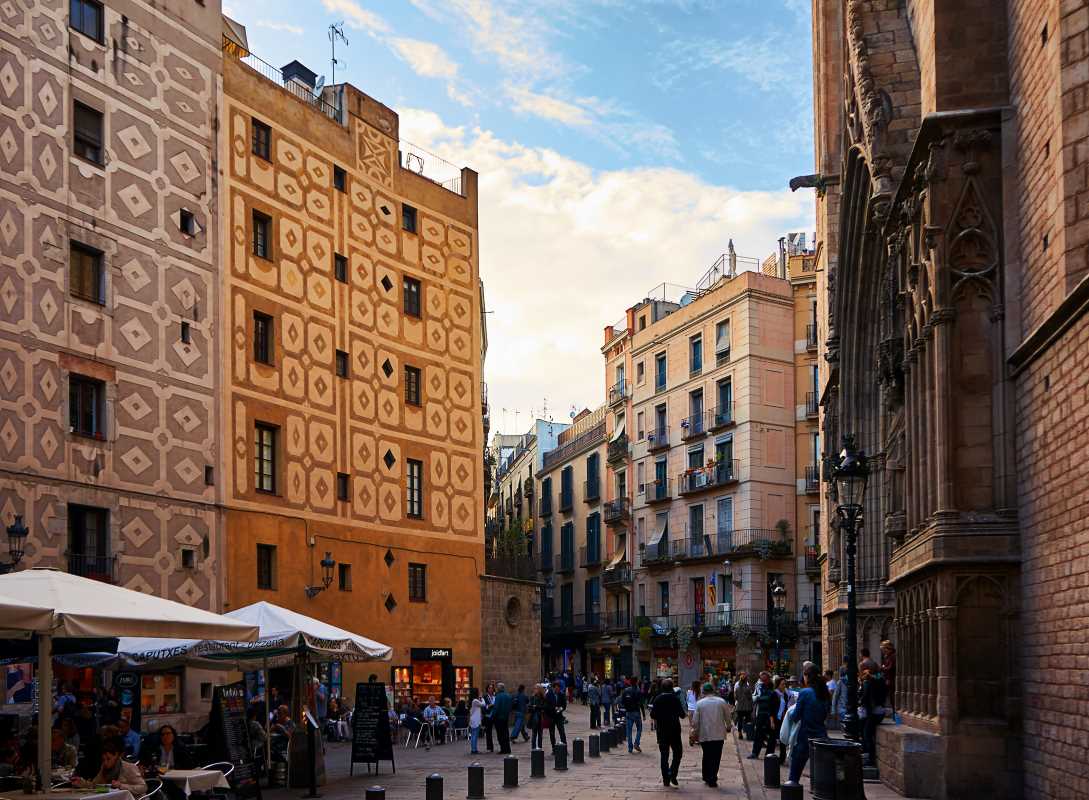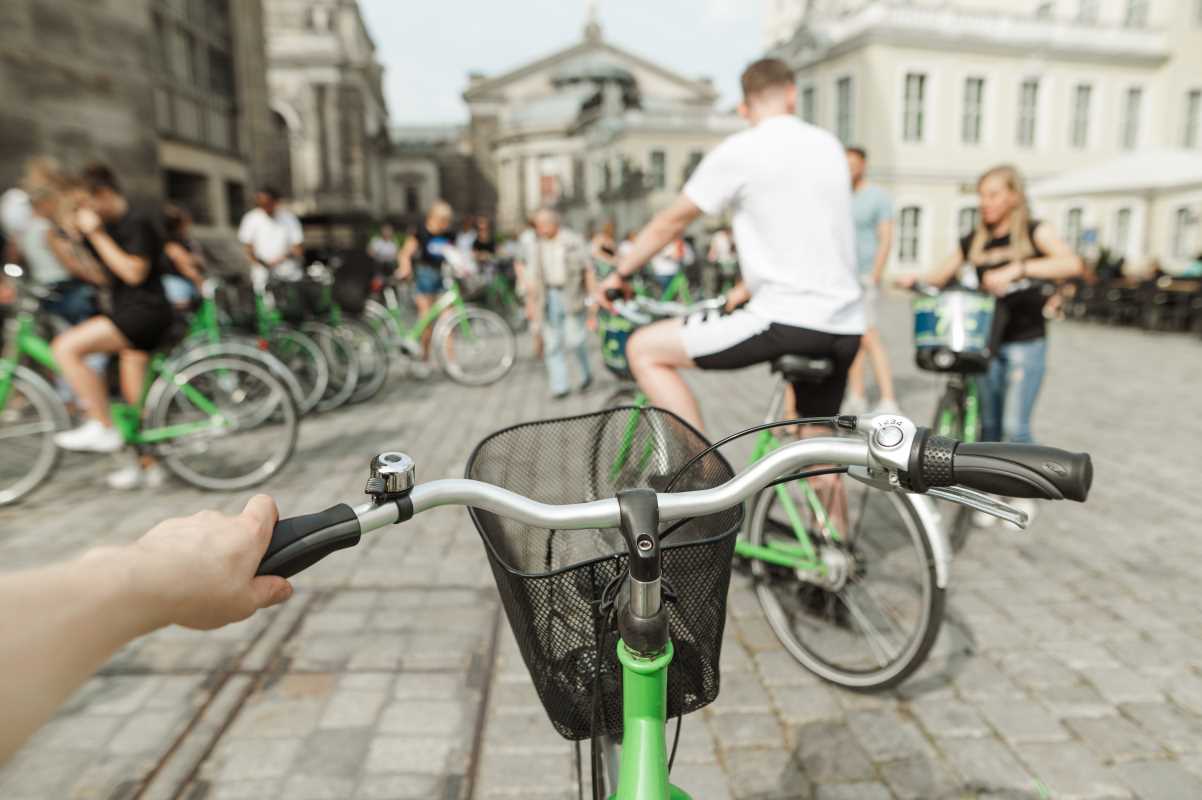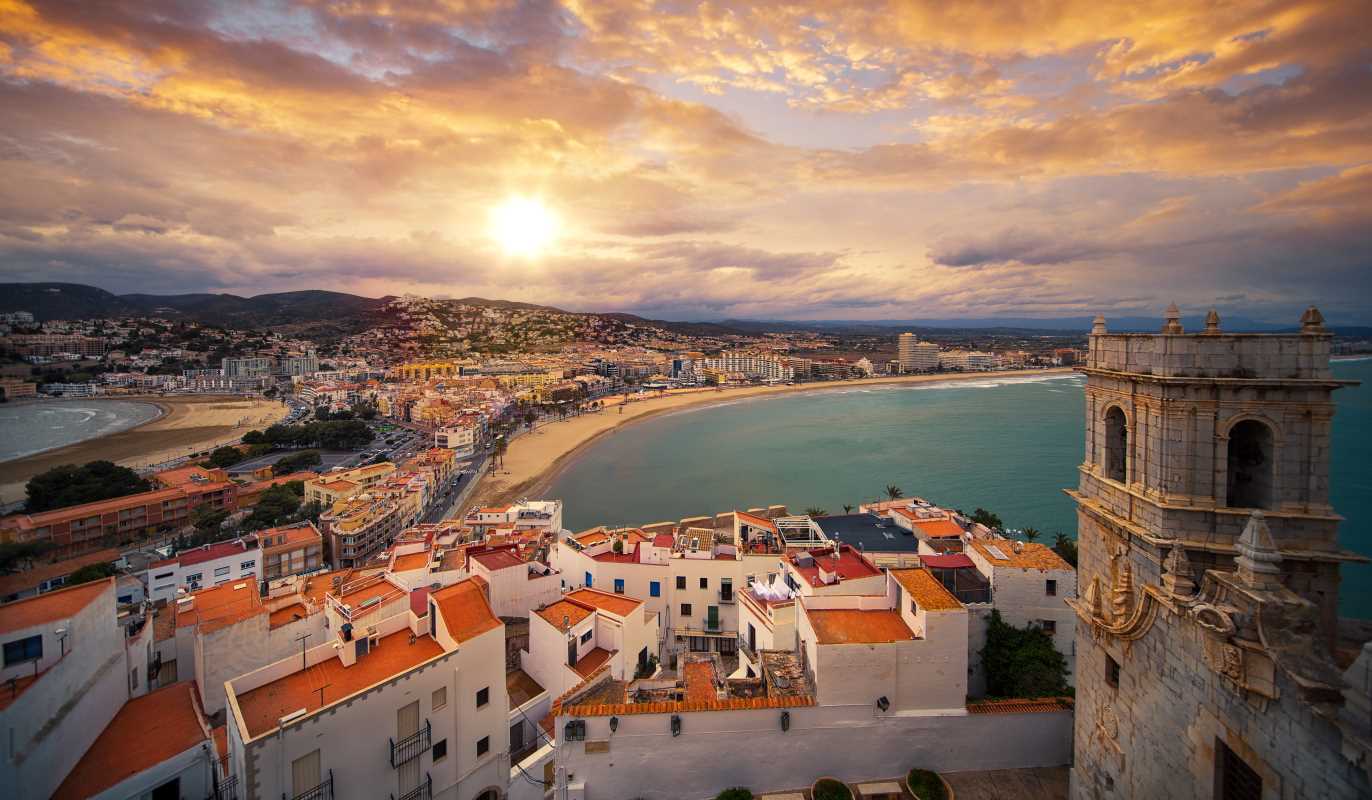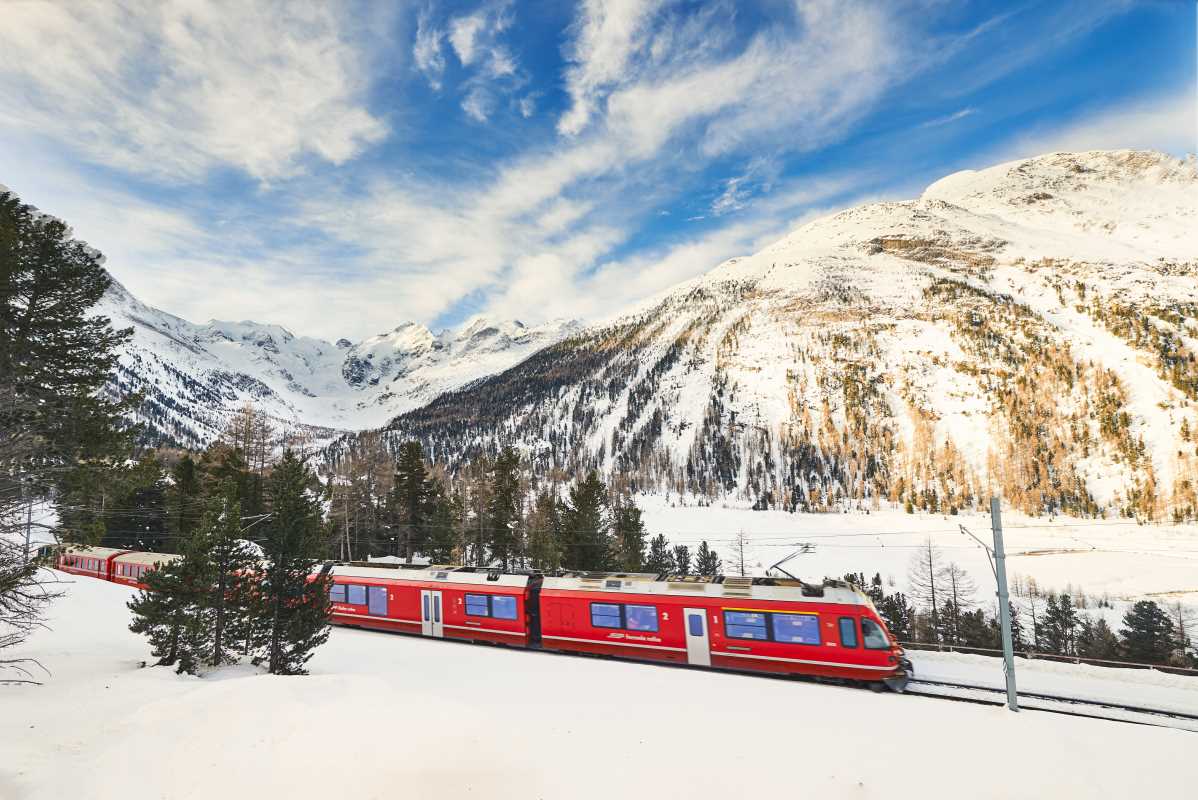Step into Barcelona’s Gothic Quarter, and you'll feel like you've traveled through time. This neighborhood, known locally as Barri Gòtic, is a tapestry of centuries-old streets, intricate buildings, and fascinating stories. Ancient Roman ruins, medieval churches, and modern cafés sit side by side, forging an area that blends the past with the present. Each stone path, every archway, and even the air itself seems to whisper the history of those who walked here before. From Roman foundations to modern touches, this guide unpacks the incredible layers of culture and history in the Gothic Quarter, making it a must-visit gem for curious travelers.
The Roman Beginnings of Barcino
Barcelona's story begins with the Romans, who founded a small settlement here in 15-13 BC called Barcino. This colony was modest but well-planned, with main streets (the cardo maximus and decumanus) that crossed to form the hub of the town. Today, Plaça de Sant Jaume roughly corresponds to that ancient Roman forum, though the square now buzzes with modern political life as the home of the city hall and the Generalitat of Catalonia.
For glimpses of ancient Barcino, head to the Museu d’Història de Barcelona (MUHBA). This museum reveals the Roman city hidden beneath the Gothic Quarter's streets. You’ll walk along preserved Roman roads, glimpse the remains of wine-making facilities, and explore ancient laundries. The Temple of Augustus, with its towering Corinthian columns, is another surviving piece of Roman grandeur, hidden in a small courtyard on Carrer Paradís. Much of the original Roman wall was restored in the 4th century, and today you can see portions of it incorporated into medieval and modern buildings, blending these historical layers seamlessly.
The Medieval Flourish
By the Middle Ages, Barcino had evolved into Barcelona, a thriving, fortified city. Between the 13th and 15th centuries, much of the Gothic architecture we associate with this neighborhood today was constructed. This includes Barcelona Cathedral, officially known as the Cathedral of the Holy Cross and Saint Eulalia, named after the city’s patron saint. The cathedral’s main structure exemplifies the Gothic style, with its tall spires, gargoyles, and a serene cloister where 13 white geese roam, symbolizing Saint Eulalia’s age at her death.
Notably, while the cathedral was largely complete by 1448, its iconic Neo-Gothic façade was added much later, between the late 19th and early 20th centuries. This addition was part of an effort to rejuvenate the area’s historical image and attract tourism. Similarly, the nearby Pont del Bisbe, or Bishop’s Bridge, was built in 1928 by architect Joan Rubió i Bellver. Though designed in Gothic style, it was a Neo-Gothic creation meant to enhance the historic ambiance of the Gothic Quarter. A romantic photo spot today, this bridge is a perfect example of the way time is stitched together here.
At the Plaça del Rei, history feels as alive as it was centuries ago. Surrounded by historic buildings like the Palau Reial Major, this plaza was once the heart of royal power in medieval Barcelona. The southwestern side houses Casa Padellàs, a 16th-century building moved to this location in the 20th century, now part of the city’s history museum. The square beautifully captures Barcelona’s significance during its medieval golden age.
The Jewish Quarter of El Call
Tucked within the Gothic Quarter is El Call, the historic Jewish quarter of Barcelona. During the Middle Ages, it was home to a thriving Jewish community, known for its contributions to the city’s cultural and intellectual life. Exploring El Call’s narrow streets and hidden corners feels like unraveling a secret history.
You can still visit the Ancient Synagogue of Barcelona, considered one of the oldest in Europe. While the original structures were destroyed or repurposed following the expulsion of the Jews in 1492, this area retains markers of its rich and complex past. Plaques and small historical details honor this once-flourishing community and remind visitors of the diversity that shaped Barcelona.
Renaissance Touches and Modern Additions
While much of the Gothic Quarter’s fame comes from its medieval buildings, centuries of additions have influenced its character. During Barcelona’s preparation for the 1929 International Exposition, the city undertook massive restoration projects to emphasize its rich heritage. Many Gothic-style elements you see today, like parts of the Pont del Bisbe and updates to the Barcelona Cathedral, belong to this Neo-Gothic revival period. Architects like Joan Rubió aimed to create a cohesive old-world charm, blending historic remnants with modern reimaginings.
The 20th-century restoration of El Call and Plaça del Rei also aimed to highlight Barcelona's medieval roots while introducing subtle modern interventions. These projects were vital for recovering the Gothic Quarter’s historic identity, turning it into the cultural magnet it is today.
The Gothic Quarter Today
Wandering the Gothic Quarter today is not just about admiring its historical landmarks. It’s also about soaking up its energetic and eclectic atmosphere. Modern cafés spill onto cobblestone streets, artisans sell handmade crafts, and street performers enliven quiet squares. The mix of old and new is striking but harmonious.
At Plaça Sant Jaume, where Roman Barcelona’s two main streets once crossed, politics remains central. This square hosts Barcelona City Hall and the Palace of the Generalitat of Catalonia. It’s as if time has looped back on itself, blending ancient administrative roots with modern governance.
Food lovers will also find plenty to savor in the Gothic Quarter. Traditional tapas bars sit alongside innovative fusion restaurants, offering something for every palate. As you snack on churros dipped in hot chocolate or sip local cava wine, you’ll feel a deeper connection to Barcelona’s enduring culture and community.
Barcelona's Gothic Quarter promises an adventure you’ll carry forever. The layers of history here are preserved in stone and alive in street performers’ melodies, cafés’ smells, and the stories waiting to be discovered with each turn. Make sure to get lost (intentionally!) in this enchanting labyrinth before leaving the city.
 (Image via
(Image via





